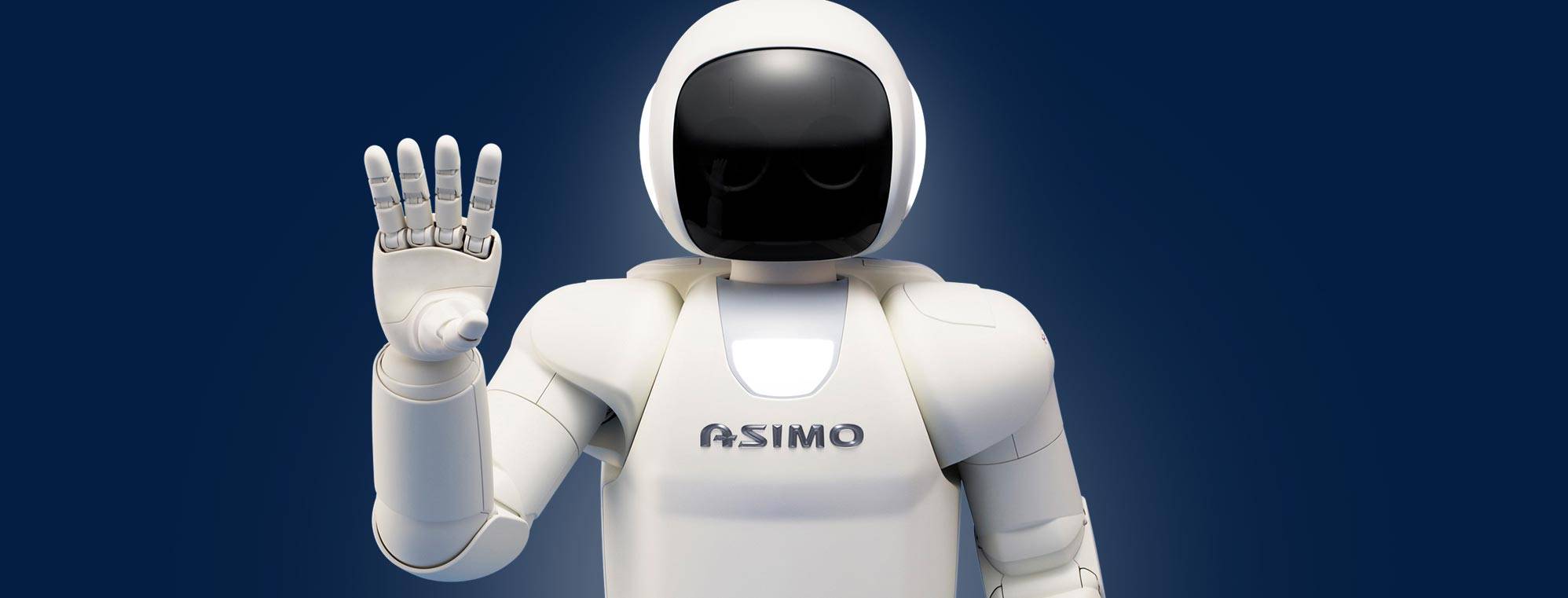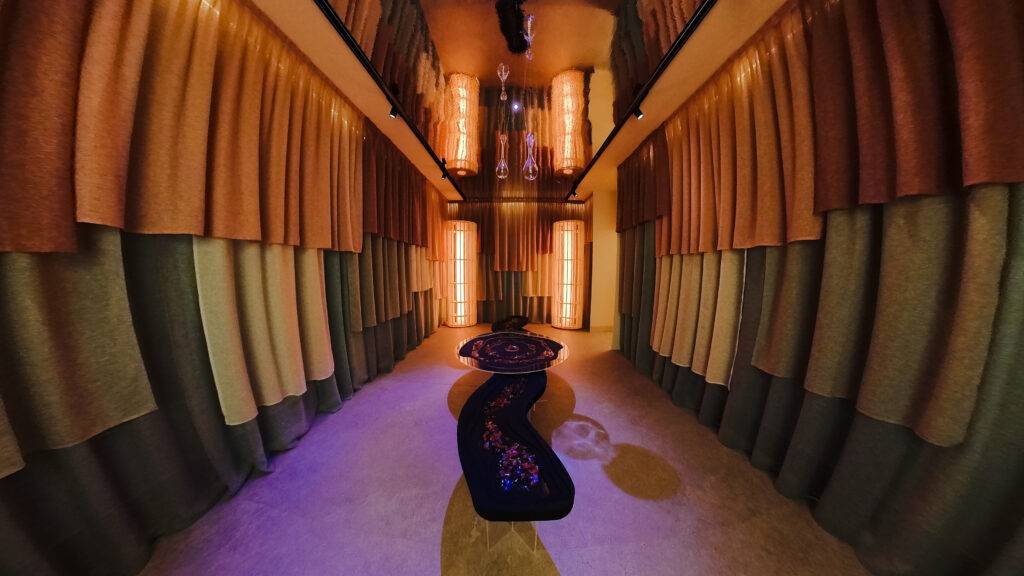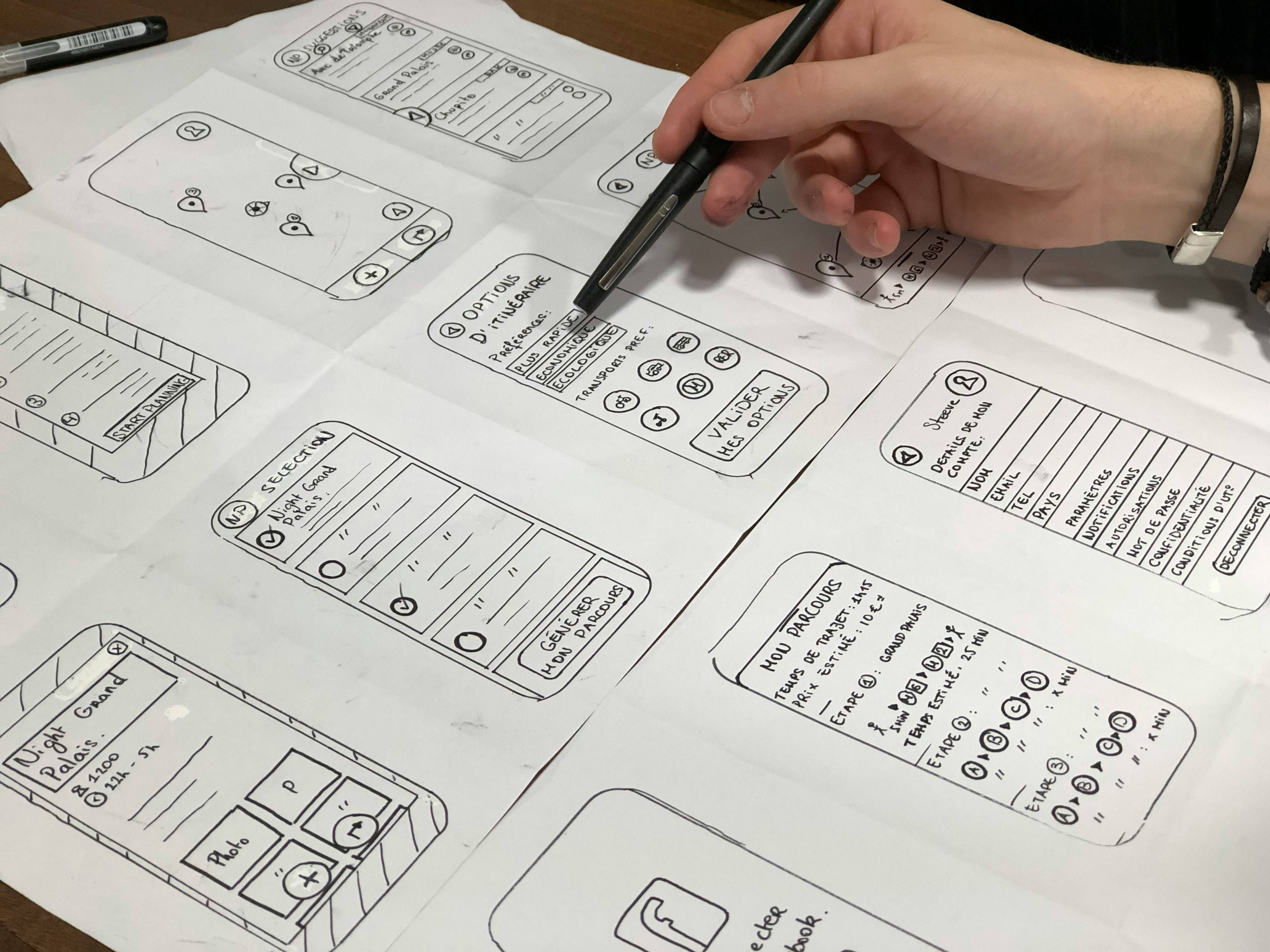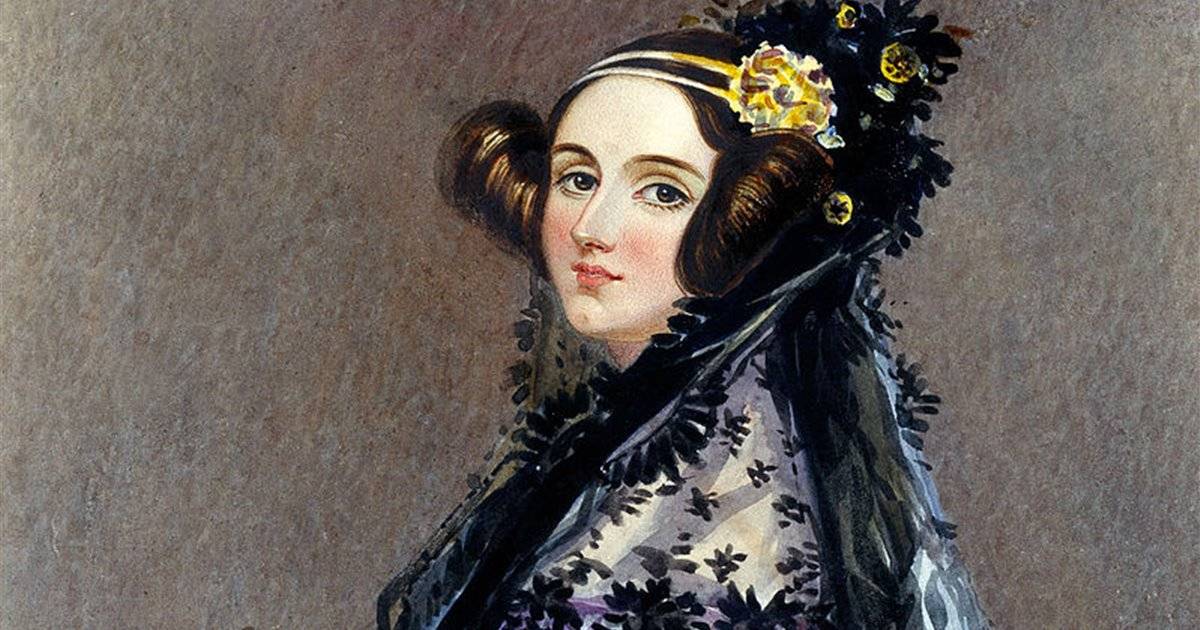What to do after the baccalaureate: Options and advice for your future
Finishing the baccalaureate marks the beginning of a new stage full of important decisions, where you will choose your professional future. What options are available?
This article will help you to find out about the possibilities, answering the most common doubts and providing you with the information you need to make the best decision for your future.
Studying for a university degree or a higher vocational training course?
Once you have finished the baccalaureate, you will have to decide whether to enter the labour market or continue your education with university degrees, higher education or other courses. In order to decide, you will need to know the advantages, duration and access to each one.
University degree
The most common way to enter university is through the University Entrance Examination (EVAU, formerly known as PAU or Selectividad). However, there are other ways of access depending on age, educational system of origin, etc. Find out about the access routes to university degrees.
University degrees usually last four years, although it will depend on the degree and the university. The main advantage is that you will be trained from an academic and in-depth perspective in your area of knowledge.
In addition, they are one of the access routes to study a university master's degree that will allow you to reorient or deepen your professional career.
UDIT is a pioneer in upgrading specialised degrees in Design and Technology that did not previously exist in the educational field, such as the Degree in Fashion Design, Degree in Interior Design or Degree in Video Game Design and Development.
Higher Level Training Cycle
To access a CFGS, you need to meet at least one of the following requirements: hold a Baccalaureate degree, have passed an entrance exam to CFGS, or hold an Intermediate Vocational Training Technical qualification.
The Higher Level Training Cycles are an excellent option if you are looking for a more practical and labour market oriented training. UDIT offers cycles in 3D Animation, Games and Interactive Environments, Multiplatform Applications Development, among others.
These courses usually last two years and are designed to prepare you directly for the world of work.
Frequently asked questions
Here are some of the most frequent doubts that may arise if you find yourself in this situation:
+ What are the differences between a university degree and vocational training?
The two main differences are the focus and the duration. On the one hand, the focus. University degrees are characterised by their academic and theoretical perspective, while higher vocational training cycles are oriented towards labour market insertion, with a mainly practical perspective.
On the other hand, the duration. University degrees have a duration of four years, while the cycles have a maximum duration of 2 years.
+ Which degree or cycle should I choose?
When choosing which university degree or training cycle to study, you should take into account your interests and skills, and it is essential to choose something that you are passionate about.
In addition, it is always advisable to consult and research the professional opportunities of those degrees that interest you.
At UDIT University, our academic counsellors will be able to advise you on degrees, career opportunities, study plans and any other doubts you may have. Contact us now.
+ What requirements do I have to meet?
Each educational option has its own entry requirements, which may include cut-off marks, entrance exams, etc. The best thing to do is to find out about the deadlines, documentation and access according to the university or centre, as this varies depending on whether it is private or public.
UDIT, as a private university, does not require a cut-off mark for admission. Due to the specificity of the degrees, potential students must take their own specific admission tests.
However, if your access route to official degree studies is the EvAU, it is necessary to have it approved by law.
+ What happens if I don't make the cut-off mark?
Don't worry, UDIT does not require a cut-off mark for admission to university degrees. However, due to the specificity of these degrees, potential students must take their own specific admission tests.
+ What happens if I fail the EvAU?
There are many options besides studying university degrees. For example, there are higher vocational training cycles with which you can enter the labour market in two years.
+ Can I change my chosen degree if it turns out that it doesn't suit me?
Yes, you can always change your degree programme. If the academic year has not yet started, you can change if you reserve your place or if you have chosen it in the pre-enrolment application.
+ What are the deadlines for enrolment and the admission process at UDIT?
The admission process is simple: you take the admission test, reserve your place and formalise your enrolment. Remember that places are limited and are allocated in order of reservation.
If you would like us to tell you more or if you have any other doubts, write to us here.
+ What is UDIT's academic offer?
UDIT is a private university specialising in Design, Innovation and Technology. We are pioneers in launching university degrees that did not exist in the educational panorama in the area of Design, such as: Degree in Fashion Design, Degree in Interior Design, Degree in Fashion Management and Communication, Degree in Animation, Degree in Video Game Design and Development, Degree in Illustration, Degree in Advertising and Brand Creation or Degree in Graphic Design.
On the other hand, our academic offer also includes technological degrees such as Degree in Product Design, Degree in Full-Stack Development, Degree in Data Science and Artificial Intelligence and Degree in Applied Mathematics.
more information
What alternatives are there if I don't want to study a university degree?









